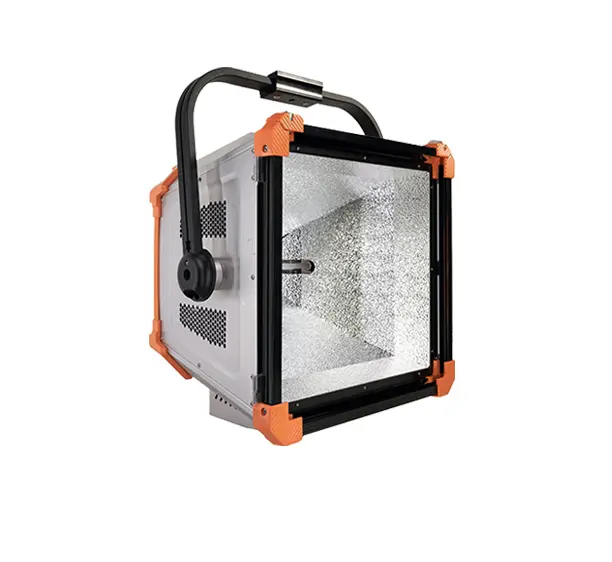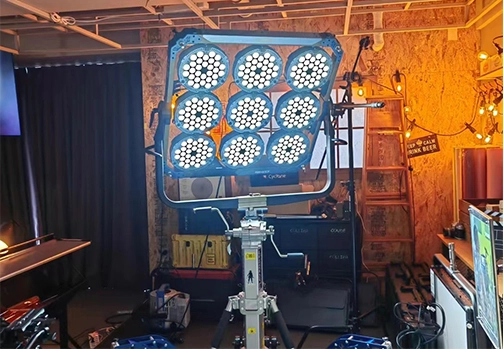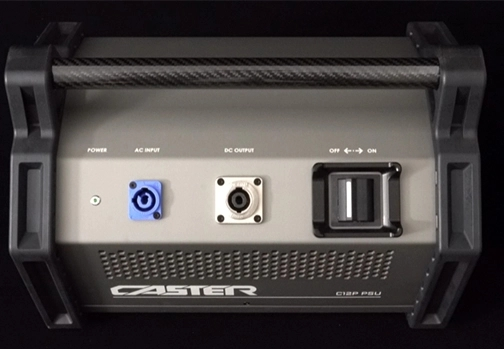In the process of creating a film, various elements are needed. Apart from the familiar language, sound, and montage, there are also lighting, background music, and styling which combine to form a film. Each of these elements has its own meaning and characteristics, but when integrated into a film, they no longer exist as independent entities but serve together as a new form of comprehensive art. They depend on and influence each other, playing a role in the formation of the artistic effect of the film.
1. Movie Lighting and its Expression in Film
Lighting has two interpretations, one is the light emitted by a lamp and the other is the illumination inside a stage or studio. The lighting used in movies obviously refers to the latter. Lighting can be divided into soft light, strong light, spotlight, diffuse light, highlight, and focused light. Light is an indispensable presence in film and adds a unique flavor to this visual and auditory art form, enriching the expressive forms of the work and the emotions of the characters.
The use of light in movies is diverse. By location, it can be frontal, lateral, overhead or underfoot. By quality, it can be focused, scattered, soft, or hard. By brightness, it can be either strong or weak. By tone, it can be low or high key. Therefore, the lighting art of movie lighting contains a lot of content and details, and needs careful consideration to apply it appropriately and accurately to a film.
2. The Role of Movie Lighting in Films
As a visual and auditory art form, films convey emotions and ideas to the audience in many ways. Light appears in large quantities in movie production, and even becomes an indispensable element with an irreplaceable position and role. Directors often use different lighting to reflect the various inner emotions of characters, render the environment, and create a particular atmosphere according to the needs of the content and plot. Whether using professional movie lights or led movie lights, filmmakers can create unique, visually stunning shots that resonate with the audience and capture the desired mood and tone of the film.
The following summarizes the role of movie lighting in specific films. Firstly, it reveals the changes in characters'psychological state. The specific story plot combined with specific lighting effects can reflect the changes in the characters' psychological state. Under the interaction of lighting and color, it can also exhibit unlimited contradictions in the character's inner activity. Secondly, it generates a psychological resonance with the audience and promotes associative thinking. Natural light is difficult to achieve ideal lighting effects, so artificial lighting is required to cooperate. Using common psychological attributes to embody the theme and leaving adequate space for viewers to associate and imagine themselves. Thirdly, it clarifies the tone of the film and creates an overall style. The lighting is closely related to the tone of the film. The changes in the strength of the light are consistent with the tone of the film. It sometimes helps to outline the theme of the entire film and gives a meticulous depiction and representation. Fourthly, it shapes the character's image and highlights their personal characteristics. Top lighting usually indicates that the character is a righteous person, while side lighting can reveal their behavioral characteristics through the portrayal of their external appearances. Fifthly, movie lighting assists the film. It makes the characters or objects more three-dimensional, satisfies the audience's visual aesthetic and compensates for its own defects, improves its beauty and better assists the film's images, and achieve better artistic effects. SunnyXiao provides high-quality movie lights for sale, and we always keep our original intention and produce high-end film lights for the artists and professionals. If you are considering to purchase a movie light, please contact us.
 English
English 日本語
日本語 한국어
한국어 Español
Español italiano
italiano العربية
العربية






